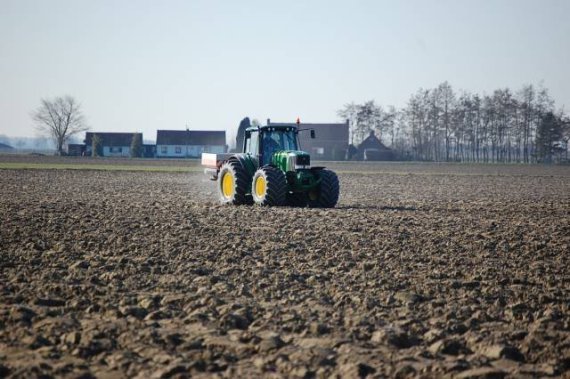Research in this area conducted by this Wageningen professor of Nutrient Management and Soil Fertility has been published in Nutrient Cycling in Agroecosystems. This research was carried out together with Arjan Reijneveld, product manager at soil expertise institute Blgg. Most farmers think that the phosphate content in the soil is less than that indicated by the pw-value given by researchers. This value shows the quantity of phosphate already present in the soil. The quantity of phosphate to be added can then be calculated by offsetting this available amount of phosphate against the phosphate requirement of crops. However, almost 70% of breeders in the Northeast Polder do not take the pw-indication seriously. As such, 45 percent of the breeders play safe by adding more phosphate than needed. It is this risk-avoidance behaviour which seems to be the major reason why farmers are using excessive quantities of phosphate, argue Oenema and Reijneveld. They first analyzed 30,000 soil samples collected between 1950 and 2004 from the Northeast Polder. During that period, the phosphate content in the old Zuiderzee soil rose from ‘low’ to ‘more than sufficient’. Moreover, the phosphate quantities among the commercial farms began to show more differences. To find out why, the researchers interviewed the farmers and discovered that even well-educated farmers in the polder do not heed fertilizer recommendations, but use excessive quantities of fertilizers instead, to be on the safe side. They advocate giving more tailor-made fertilizer recommendations to farmers and farming advisers, in order to lower phosphate usage. The Northeast Polder is a nice study object in fertilization research. It exists only since 1942, has uniform soil and comprises mainly farmland. As such, phosphate differences in the soil can be easily attributed to farming practices.
Farmer takes advice on fertilization with a pinch of salt
Almost half of the farmers in the Northeast Polder apply more phosphate to the soil than prescribed. An undesirable situation, says Oene Oenema, as phosphate supplies in the world are being depleted.

